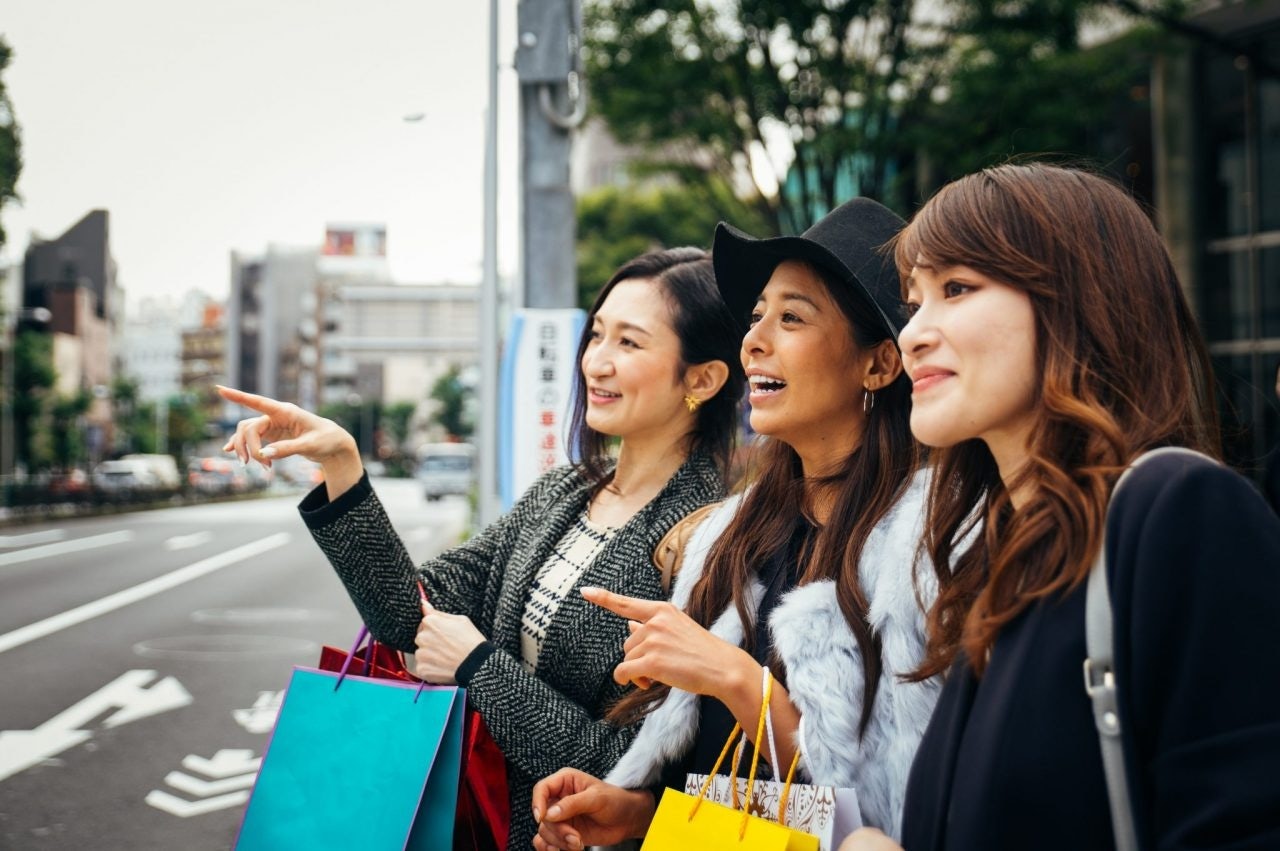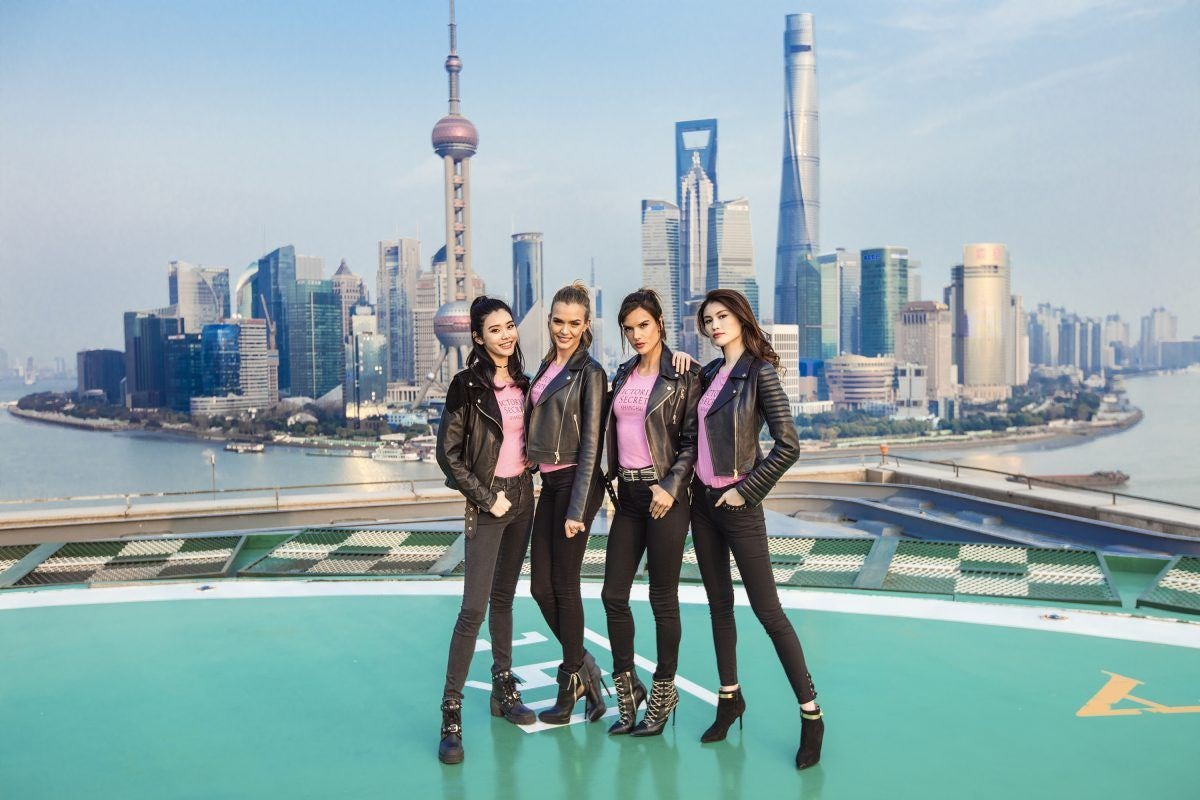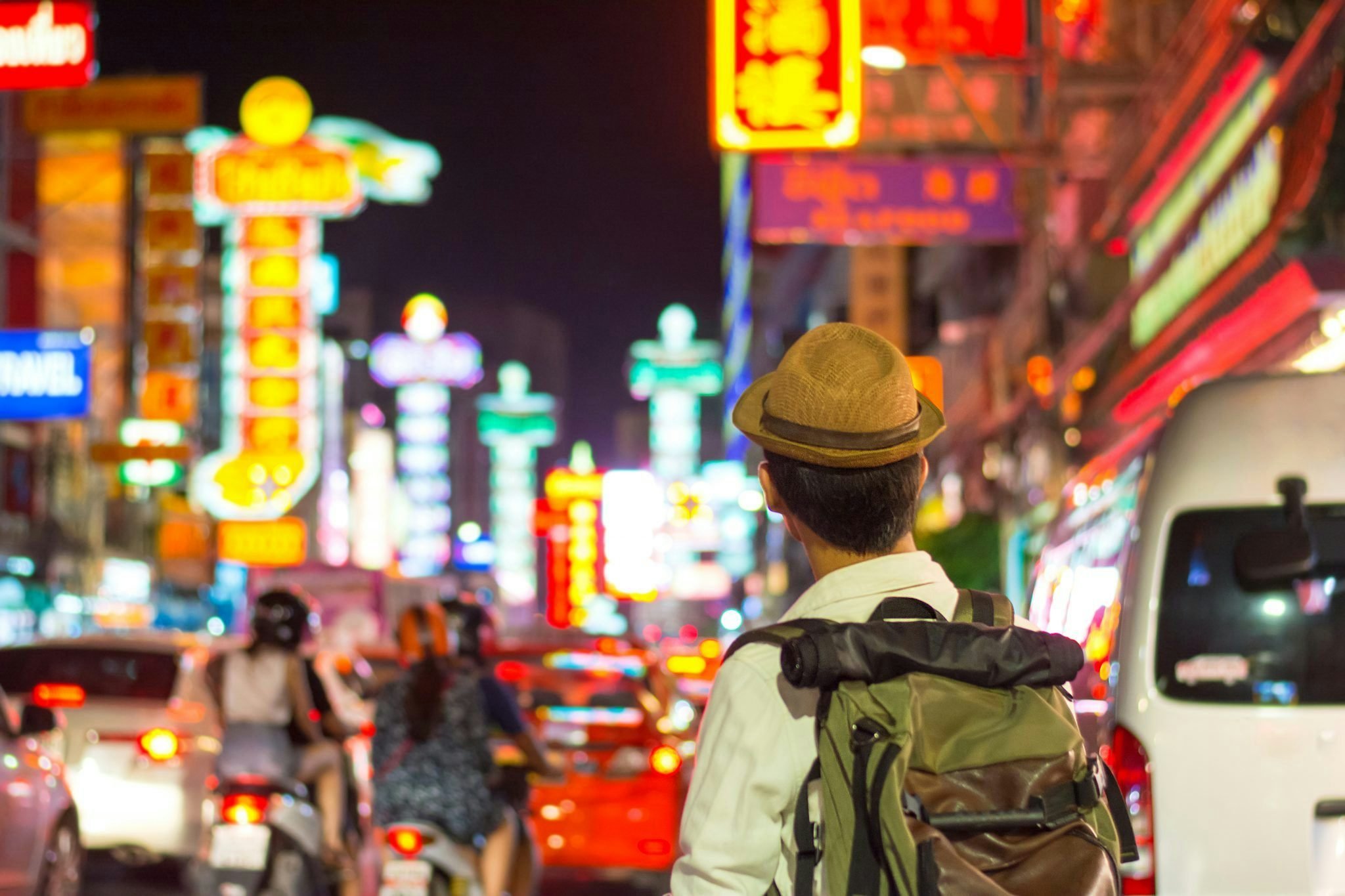Exclusivity has always been a core tenant of luxury. Now, however, as e-commerce increases access to goods from around the world, luxury brands are struggling to find the balance between maximizing sales and protecting the perception that their offerings are unique.
To combat this problem, luxury brands are increasingly offering customization, which not only results in unique items but allows shoppers to express their individuality. Millennials all over the world value tailored products and experiences, a trend that increasingly applies to young Chinese luxury consumers.
Once fans of loud logos and branded items, Chinese luxury consumers are now looking beyond the classics for more innovative products that convey their personal tastes. 86 percent of Chinese millionaires now care about customized experiences when purchasing luxury products, and a recent report from Emerging Insider found that China has seen a rise of individualism with 61 percent of respondents preferring distinct goods from boutique labels instead of the wares of well-known brands. Customization is a way that major luxury brands can stay relevant and give consumers the individuality and personalized experiences they crave.
Fendi is the latest luxury business to launch an online customization offer for its shoppers with made-to-order handbag designs. The service allows consumers to mix and match color options, logo styles, and hardware. Only once the item has been ordered will it go into production, being individually handcrafted for each consumer.
This is a step in the right direction for Fendi, but other brands have already taken the customization concept to another level.
1. Customization + Collaboration#
Take Gucci for example. Like Fendi, their new DIY collection allows shoppers to customize a selection of products by choosing different fabrics, patches, and embroidery options. But unlike Fendi, Gucci is not giving up creative control of the final product. Every customized product must be signed off by Gucci’s creative director Alessandro Michele before it is allowed to be made. Customers not only get to say that they have a one-of-a-kind Gucci piece, but that they collaborated with the head of Gucci design himself.
2. Customization + Scarcity#
Earlier in the year, Burberry combined customization with scarcity for their new DK88 Top Handle Bag. For a limited time, lucky customers were able to select from 18 hues for the base, flap, handle, strap and hardware to create the leather tote of their dreams. The personalization options only lasted for a short period, and Burberry fans clamored to get one before they were gone.
3. Customization + Experience#
Over the summer Burberry announced the launch of their new Burberry Bespoke fragrance collection which allows shoppers to customize their own scent. Unlike the DK88 bag, Burberry Bespoke is an ongoing offering. What makes it distinctive is that it’s only available in a select number of offline stores. Burberry feels that the creation of a Burberry Bespoke fragrance is a collaborative experience between the brand and the customer (and of course you can’t smell perfume over WiFi). Such experiences are becoming increasingly important to Chinese consumers who are allocating more of their income to lifestyle services and experiences.
4. Customization + A Travel Story#
Sometimes not making a customization option available in mainland China can work in a brand’s favor. In fact, making limited-edition products available only in select markets is a tactic luxury brands can use to engage Chinese consumers’ interest in purchasing unique items abroad.
Purchasing an item while traveling gives it a story and makes it more meaningful. When friends ask where they got it, they have the opportunity to brag about their recent travels.
As Chinese consumers mature, luxury brands will constantly need to find ways to keep their product offerings fresh. More sophisticated ways of offering customized purchases is an excellent way to appeal to modern consumers in a way that stays true to the traditions of luxury.



